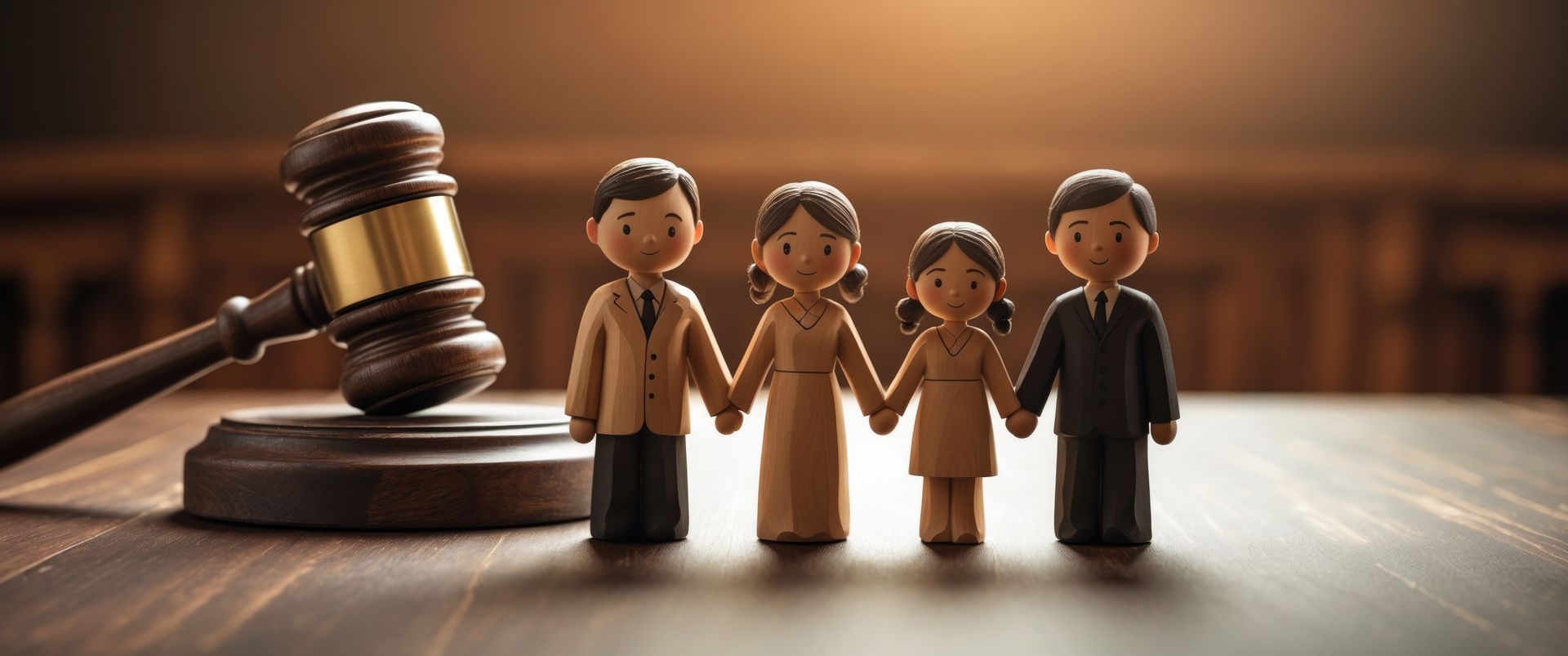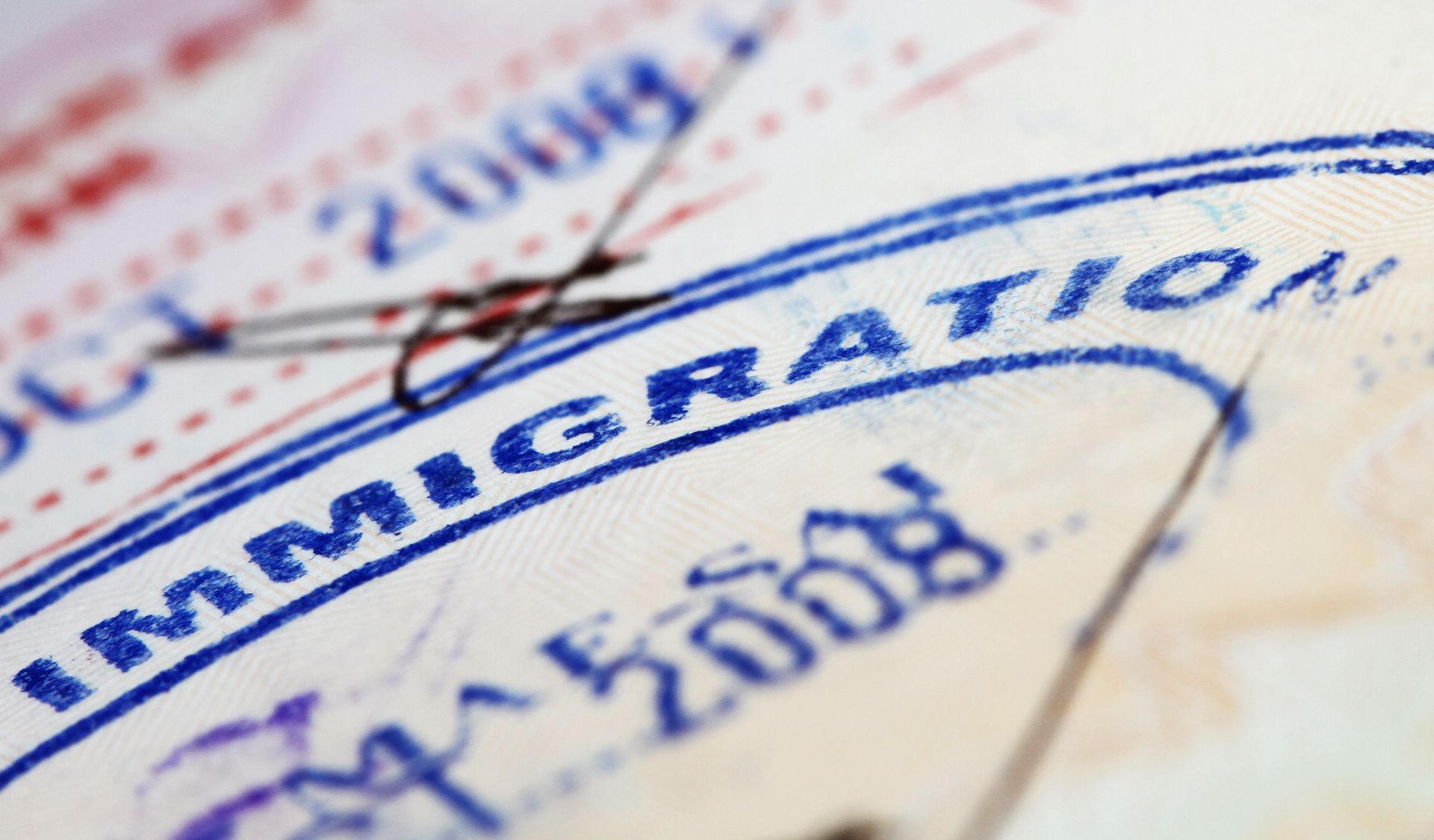The criminal justice process in the United States can be broadly generalized in three steps:
- Identify offenders
- Enforce a punishment that’s appropriate for their offense
- Rehabilitate the offender
Identifying Offenders
How effective law enforcement is at accomplishing the first step varies depending on the criminal infraction. Some estimates suggest nearly 300,000 people in the United States drive drunk every day, but law enforcement only catches about one percent of them. Studies also suggest a significant percentage of domestic violence goes unreported.
A 2019 report from the Marijuana Policy Group estimated 7.9 percent of Minnesotans used cannabis within the past month, but a report from the ACLU estimated only 9,000 Minnesotans were arrested for marijuana-related crimes in 2018.
Those statistics suggest many offenders, at least for some types of crimes, escape discovery and prosecution.
Enforcing a Punishment
There are several parties involved in the judicial part of the criminal justice process:
- The accused
- Law enforcement
- Prosecutors
- The court
- Jurors (in some cases)
- Defense attorneys
- Corrections officers and professionals
The basic process goes:
- Investigation
- Arrest
- Charging
- Arraignment/Initial Hearing
- Trial
- Sentencing
- Appeal
- Imprisonment
There are a lot of smaller steps in between each of those steps. During an investigation law enforcement may need to get search or arrest warrants. The alleged criminal’s court experience would begin with an initial appearance and end at sentencing or appeal. There would be booking, bail, preliminary hearings, discovery, pre-trial motions, potentially an indictment from a grand jury, plea bargaining, post-trial motions and other steps in between.
The complexity of the criminal justice process varies based on the types of charges being brought and how the alleged criminal was caught. Violent criminals, people who are a potential flight risk or those deemed to be a serious danger to society might not qualify for bail or could have their bail set exorbitantly high.
Prosecutors don’t need to empanel a grand jury for every case, but it might be necessary if there are questions regarding evidence and whether a case is strong enough to justify certain charges. In some cases, a criminal defendant might start plea bargaining right after discovery, while other situations may justify taking a criminal case to a jury trial.
How complex and drawn out your case will be is dependent on the seriousness of the charges brought against you. Most people charged with a DWI in Minnesota will reach a plea agreement prior to a trial. If the alleged drunk driver decides to go to court, their case may take one or two days. People accused of drunk driving also have a choice of being tried before a judge or a jury. More serious or complex cases could potentially take weeks or months to resolve at trial.
You have a right to a jury trial for any charges that could potentially result in a jail or prison sentence. In Hennepin County , felony trials can empanel a jury of 12 people while misdemeanors and gross misdemeanors only have a jury of six people.
Rehabilitation and Recidivism in the United States
Since recidivism studies generally look at trends over years or even decades, we don’t always get a new special report every year. The U.S. Department of Justice’s 2018 Prisoner Recidivism report looked at the nine-year period between 2005 and 2014.
According to their analysis, 68 percent of released prisoners had a new arrest within three years of their release. Approximately 79 percent had another arrest six years after release and 83 percent within nine years. Over a 10-year period, roughly four out of five released prisoners find themselves back in a cell.
There are also some legitimately grave concerns about what prison does to non-violent drug offenders. The fear is the prison environment does the opposite of rehabilitation. A stay in prison statistically makes non-violent drug offenders more likely to commit other crimes. The Department of Justice’s study found that 77 percent of people who went to prison on drug offenses were arrested within nine years for a non-drug crime.
Recidivism rates seem to indicate our criminal justice process falls short on the rehabilitation part of the criminal justice process.
Have You Been Charged With a Crime in Minnesota?
The referral counselors at the Minnesota Lawyer Referral and Information Service are dedicated to helping Minnesotans find qualified legal assistance. We have dozens of local Minneapolis–St. Paul attorneys in our network and would be happy to refer you to one in your area.
Although our referral counselors don’t provide legal advice, they can listen to your situation and direct you towards a local attorney with experience handling cases like yours. Call us at (612) 752-6699 to speak with a counselor today.
The post What Is the Criminal Justice Process? first appeared on Minnesota Lawyer Referral and Information Service.




